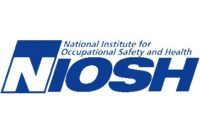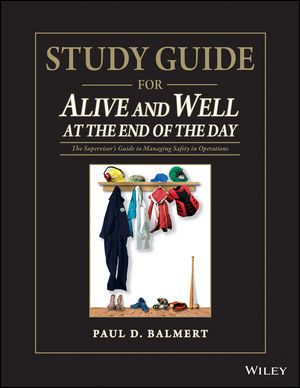There is a lack of existing information regarding the variety and magnitude of chemical exposure risks to oil and gas extraction workers. To determine if risks are present, NIOSH wants to develop partnerships with the oil and gas extraction industry to identify, characterize and (if needed) control workplace chemical exposures. This work will occur as part of the NIOSH Oil and Gas Extraction Safety and Health Program, which seeks to prevent injuries and illnesses among oil and gas extraction workers. Strategic objectives include identifying possible exposures, determining risk, and preventing chemical exposures to workers involved in oil and gas extraction industry.
The goals of this NIOSH field effort include: 1) identifying processes and activities where chemical exposures could occur; 2) characterizing potential exposures to vapors, gases, particulates and fumes (e.g., solvents, diesel particulate, crystalline silica, acids, metals, aldehydes, and possibly other chemicals identified during the study); 3) depending on results of the field effort, recommending safe work practices and/or proposing and evaluating exposure controls (to include engineering controls, substitution, and personal protective equipment).
NIOSH FACT
Workers, managers, supervisors, and health and safety professionals involved in oil and gas drilling and servicing operations are encouraged to participate in the field effort.
Companies can leverage the industrial hygiene expertise of a NIOSH field research team to help identify if chemical exposure risks are present or absent, and based on results of field studies, prioritize and control potential workplace chemical exposures at their worksites. Data and results collected by NIOSH in the field effort will be communicated to the company in letter format. Become involved with NIOSH and be seen as a leader in occupational safety and health in the gas and oil industry.
Source: NIOSH




